Emoji – love it or hate it, we cannot escape emoji in our daily lives. Whether you’re using messaging services to communicate or simply reading an article online, you’ll eventually come across an emoji.
And I can understand why, emoji is the perfect communication tool to convey emotions when words have failed.
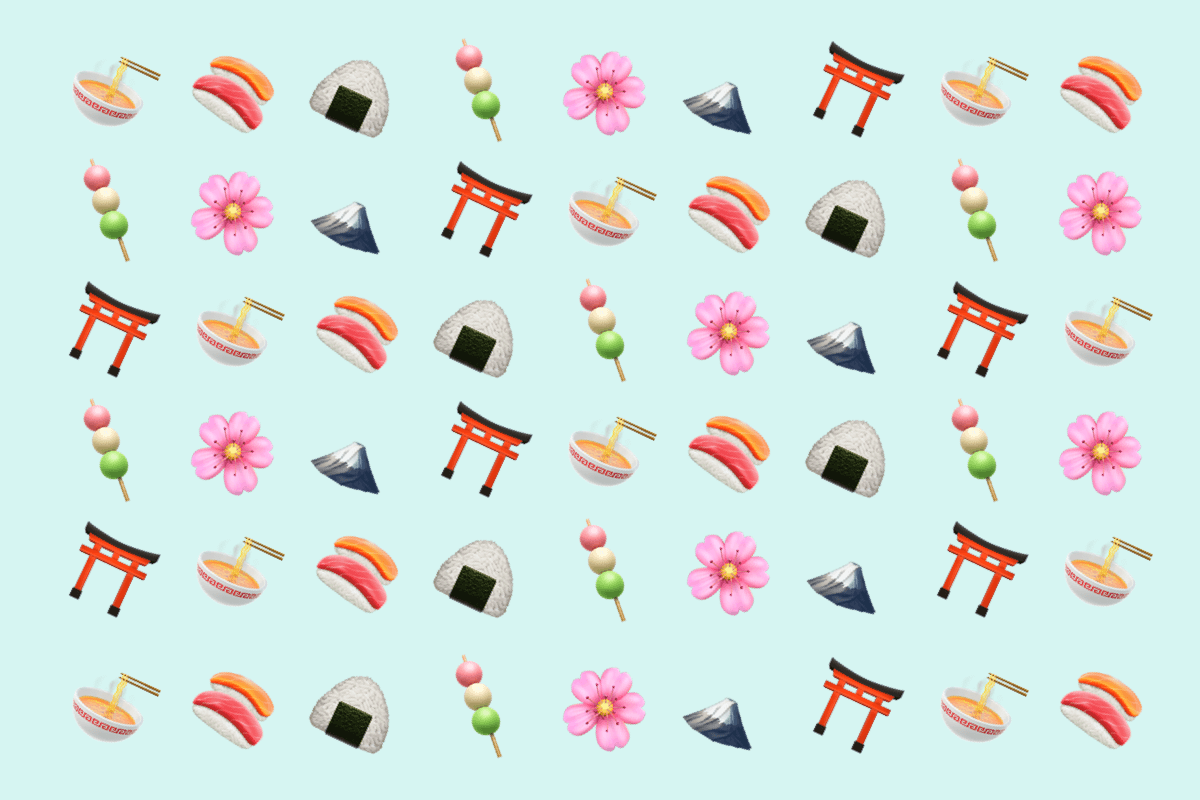
In this post, we will cover:
- Brief History of Emojis
- Japanese Food Emojis
- Japanese Seasonal Festivities Emojis
- Japanese Iconic Landmarks Emojis
- Japanese Cultural Symbols in Emoji
- Japanese Expressions in Emojis
- Emojis Related to Daily Life in Japan
Did you know? Brief History of Emojis
If you are a dinosaur like me, you might remember a time when emojis were not widely available to everyone. For a while, we had to resort to ASCII art or text smileys – like =) or ಠ_ಠ – as a form of early emoji when we wanted to communicate our feelings through text.
So how did emoji become as popular as they are?
You could credit Apple for popularizing the use of emojis as we know it today. First shipped on iOS in 2008, iPhone Emojis were initially accessible only to its Japanese users. In 2011, emojis were made available to all iPhone users, but as a hidden feature. You would still have to manually add a separate emoji keyboard in order to access these cute little icons. However, people found out and soon emoji gained popularity. Finally, in 2015, emojis were finally enabled by default for all iPhone users – and the rest, as you would say, is history.
Emojis cater to all kinds of people and culture these days. But because it originated in Japan, there are many emojis that were specifically made for Japanese culture and daily lives, or even to convey emotions that are unique to Japanese people.
In this post, I’ll cover those Japan-specific emojis and explain what they mean!
PS: I’m an Apple iPhone and MacBook user, and I’m using the raw text below to show the details in the enlarged version of the emojis. So what you see may vary depending on what device you are using. For the most part, they should be similar across all devices though!
Japanese Food Emojis
Many of the initial emoji releases featured food, snacks, or dishes that are very popular in Japan. Let’s go through those food emojis and learn about the food depicted by the emoji:
1. Ramen
Ramen is a popular Japanese noodle soup dish. It is so well-loved that many different styles of Ramen have evolved across Japan. There is shoyu (soy) ramen, shio (salt) ramen, miso ramen, tonkotsu ramen (which uses pork bone as the base of its broth), just to name a few. There are also a variety of styles for the noodles: whether it’s straight noodles or curly noodles.
🍜 I wrote a bit more about Ramen in my Japanese Food Guide here
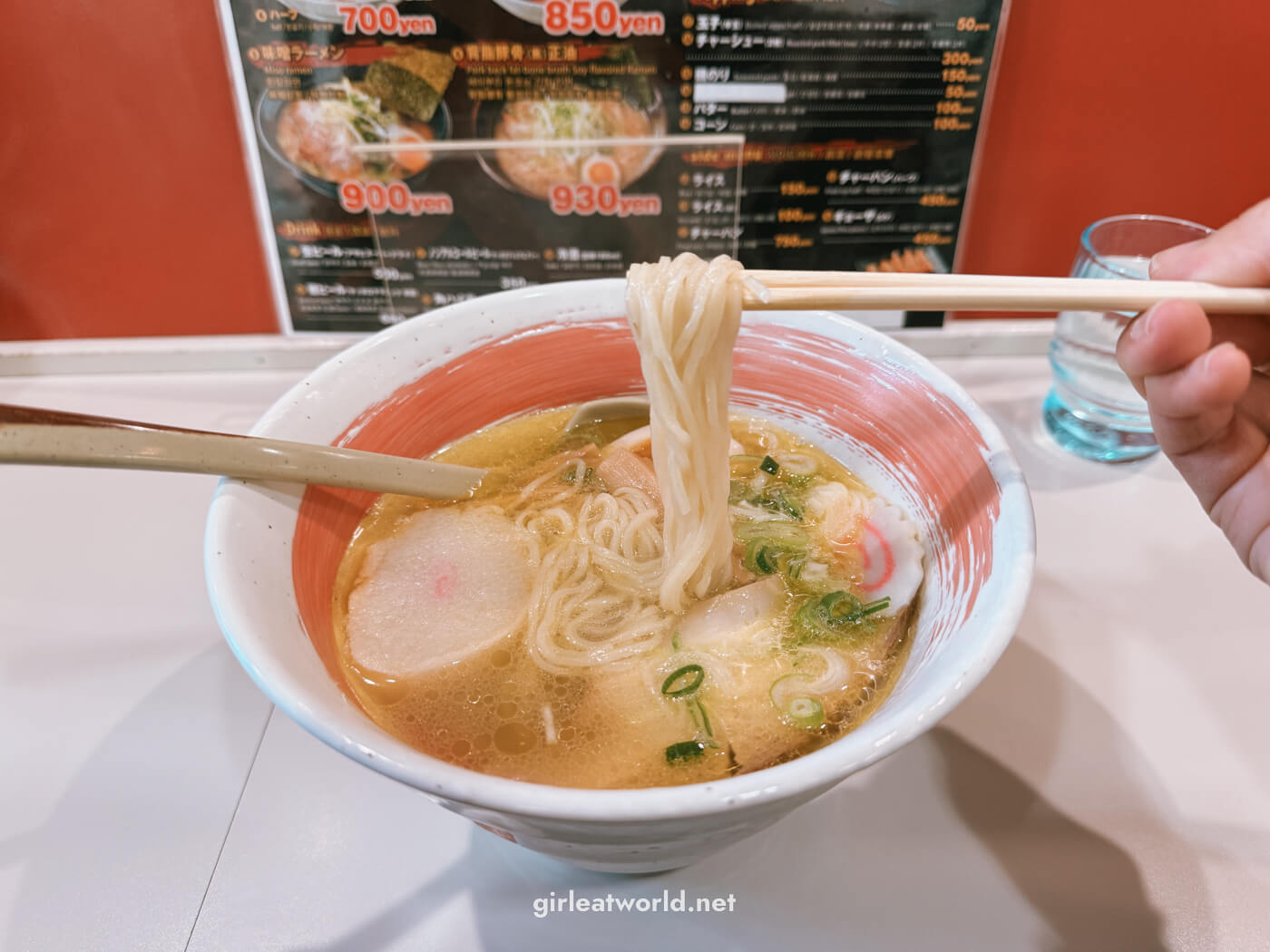
2. Nabemono
Nabemono is Japan’s version of hot pot. Usually, this involves boiling a bunch of ingredients (fresh vegetables, tofu, and proteins of choice) in a dashi-based broth. It’s perfect for a cold winter night!
3. Japanese Curry Rice
In Japanese cuisine, there are plenty of occurrences of “Japanized Western food” aka Yoshoku. This happens when the Japanese have adopted foreign (usually Western) dishes and made them into a unique dish that is completely their own, often no longer recognizable from the original dish.
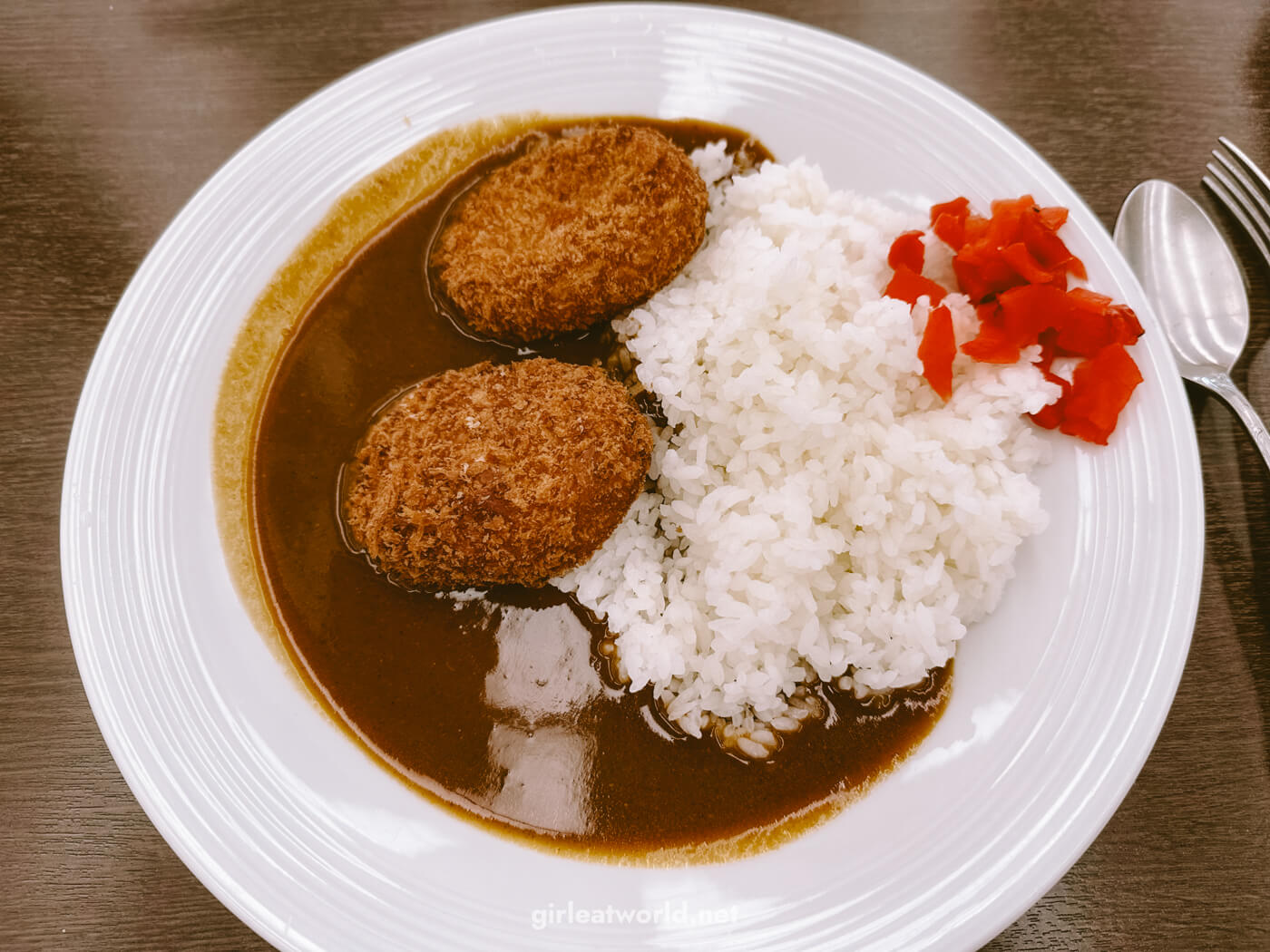
Japanese Curry Rice, or Kareraisu, is a popular example of this and has become a staple comfort food for many Japanese households. Often served with rice as the name implies, but it’s sometimes offered with thick udon noodles as well.
🍛 I’ve explained more about the concept of Yoshoku in my Japanese Food Guide here
4. Sushi
Sushi is yet another type of food that’s pretty much synonymous with Japan. It’s usually a piece of raw fish, served on top of a perfectly-shaped nugget of Japanese rice that has been mixed in vinegar, and might be eaten with light soy sauce and wasabi. There are different types of sushi with the most popular being nigiri, maki, and chirashi.
🍣 Learn more about Japanese Food here
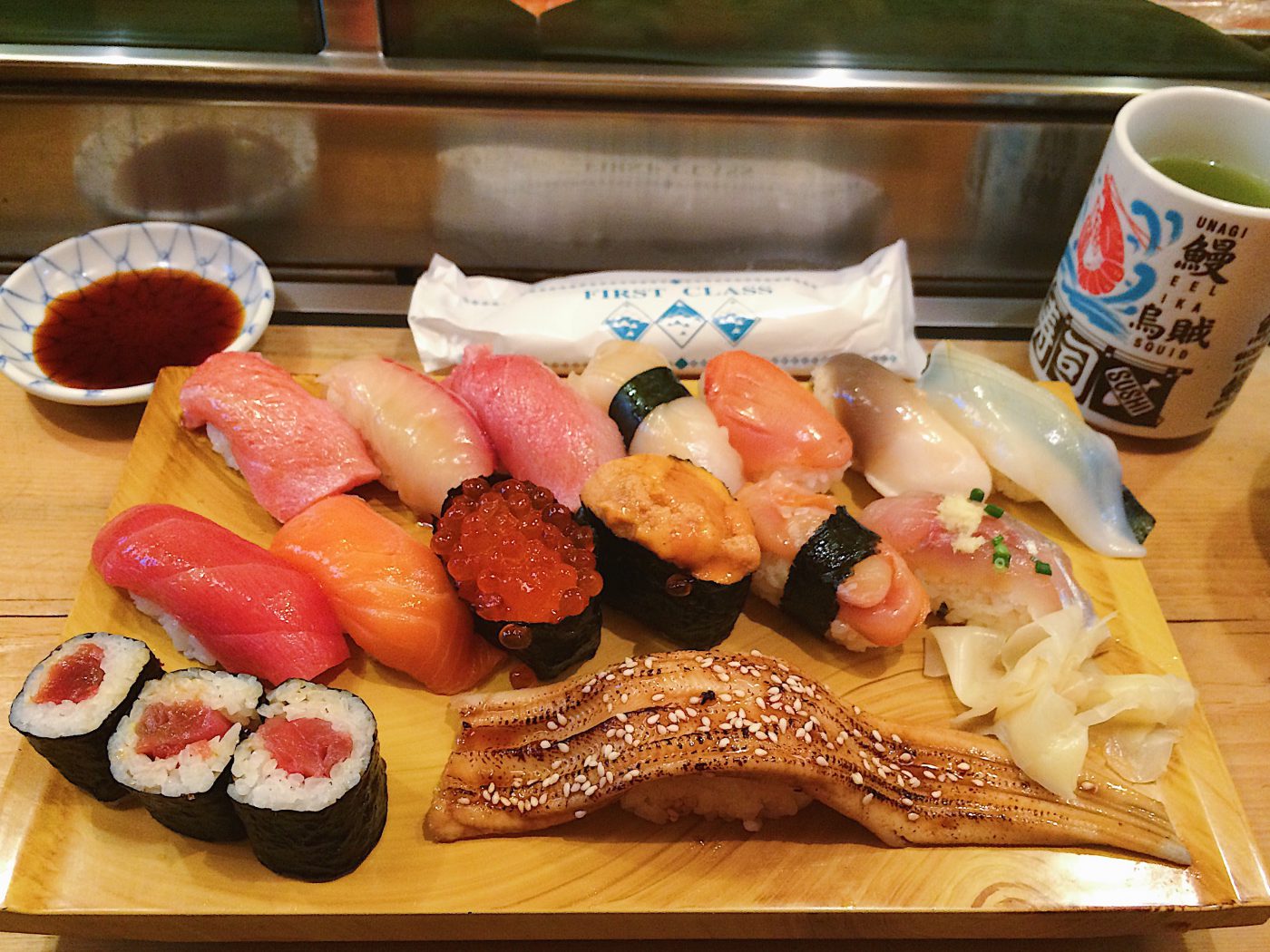
5. Bento
You could say Bento is Japan’s fast food, but it’s not the type of fast food you have in mind. Bento is a healthy pre-packed and nutritionally balanced meal consisting of rice, vegetables protein, and some side dishes.
Japanese mothers will make bento for their children to bring to school. Sometimes, they’ll make the bento items shaped like cartoon characters (called Kyaraben) to encourage children to finish their meals. Nowadays, you can find Bento in most supermarkets for convenient after-work meals. At train stations that cater to long-haul journeys, you could buy bento called Ekiben, to be eaten on the train.
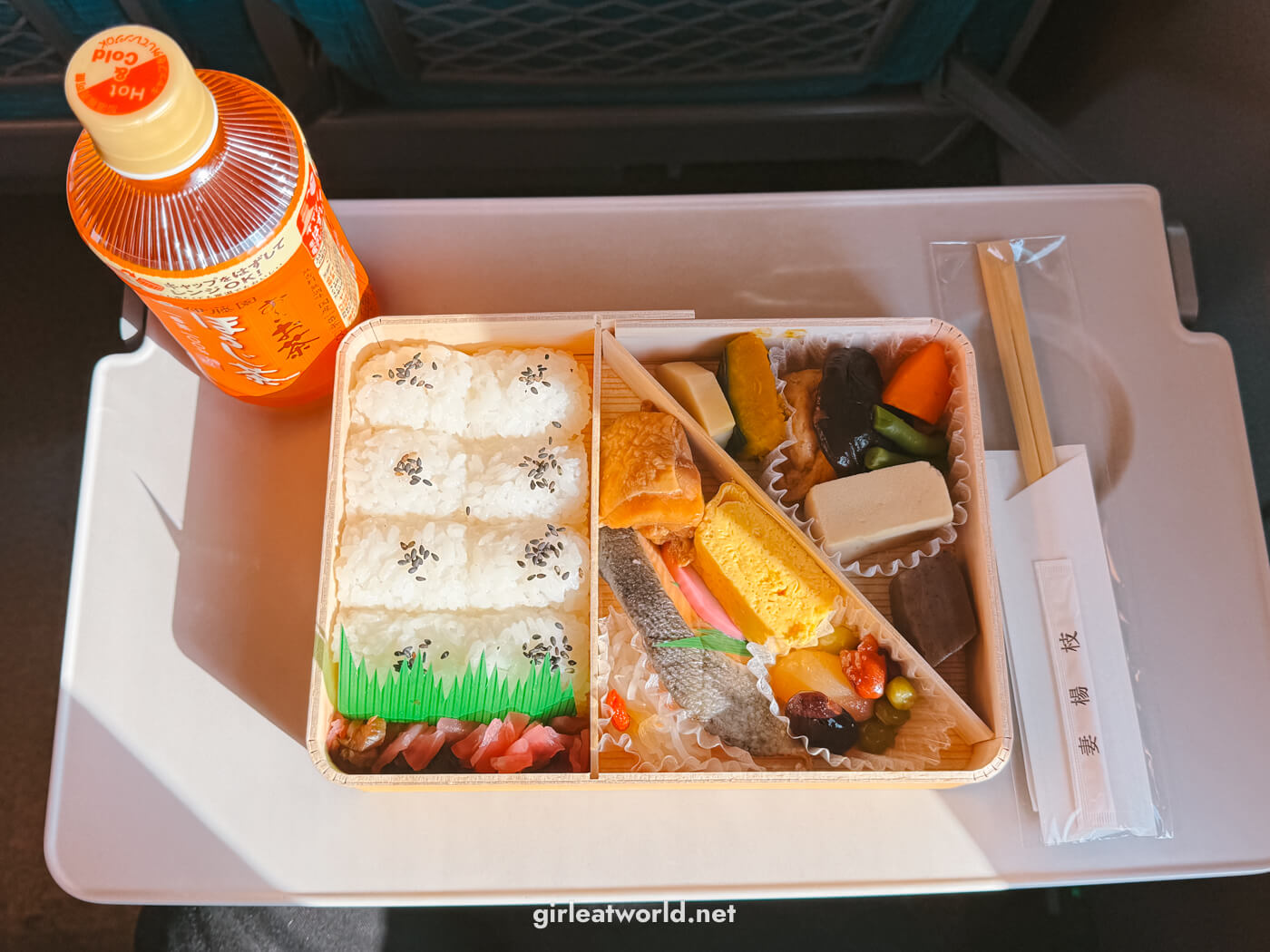

6. Gyoza
Gyoza is Japanese pan-fried dumplings, usually lightly fried until the bottom is crispy and then steamed to achieve the soft texture of the skin. Usually, gyoza is filled with minced pork, cabbage and chives.
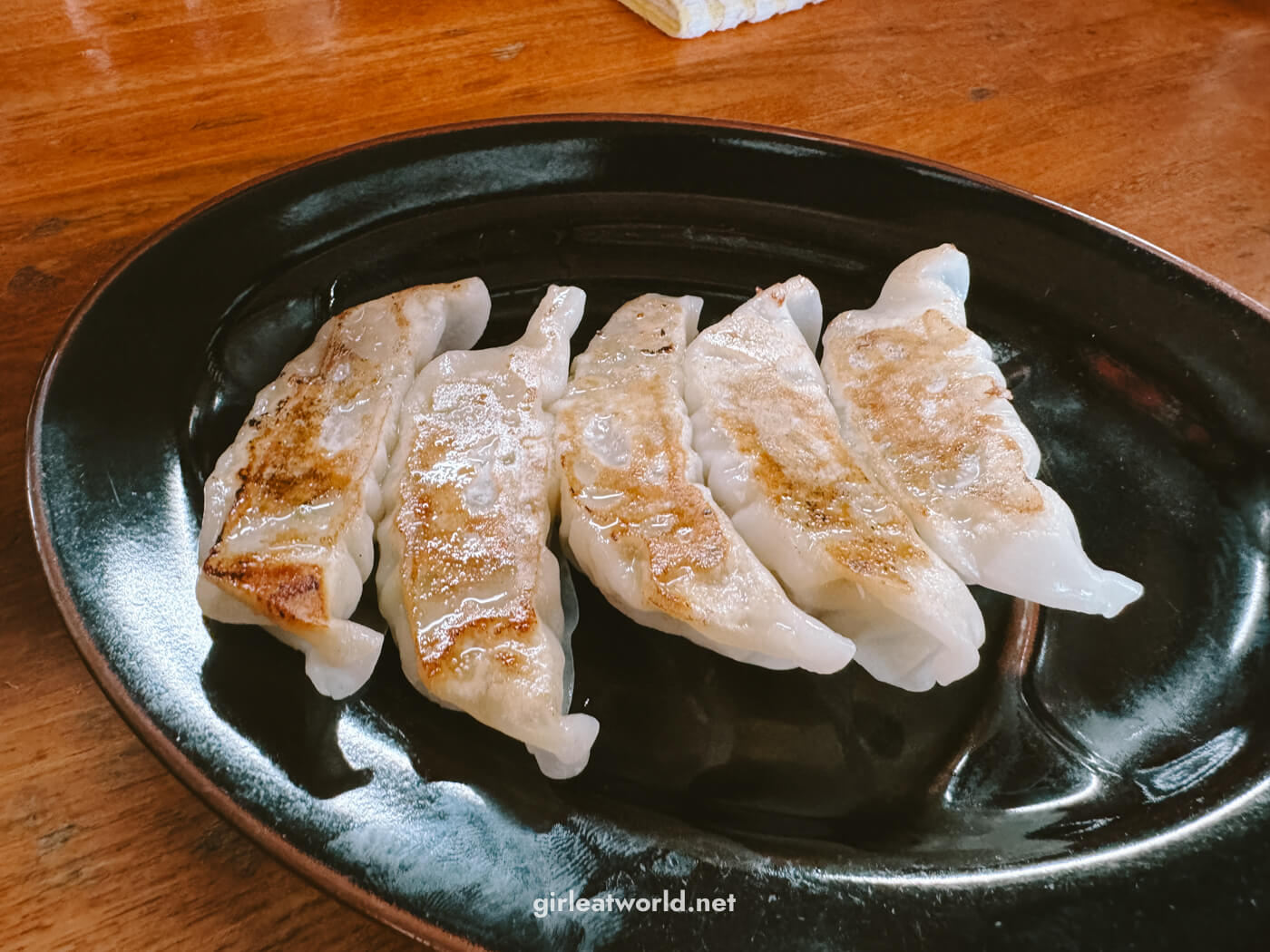
It is believed that “gyoza” comes from the word “jiaozi”, which means dumplings in Chinese. There are many ways to fold dumplings, but the iOS emoji shows the most common way how gyozas are folded in Japan.
7. Tempura
Tempura is deep-fried fritters made from all kinds of vegetables, and typically protein like shrimp, white fish, or chicken. The batter used for tempura is usually very light, resulting in crispy and non-oily fritters. The iOS emoji depicts the shrimp tempura, which is the most common protein to be associated with tempura.
🍤 Learn more about Japanese Food here
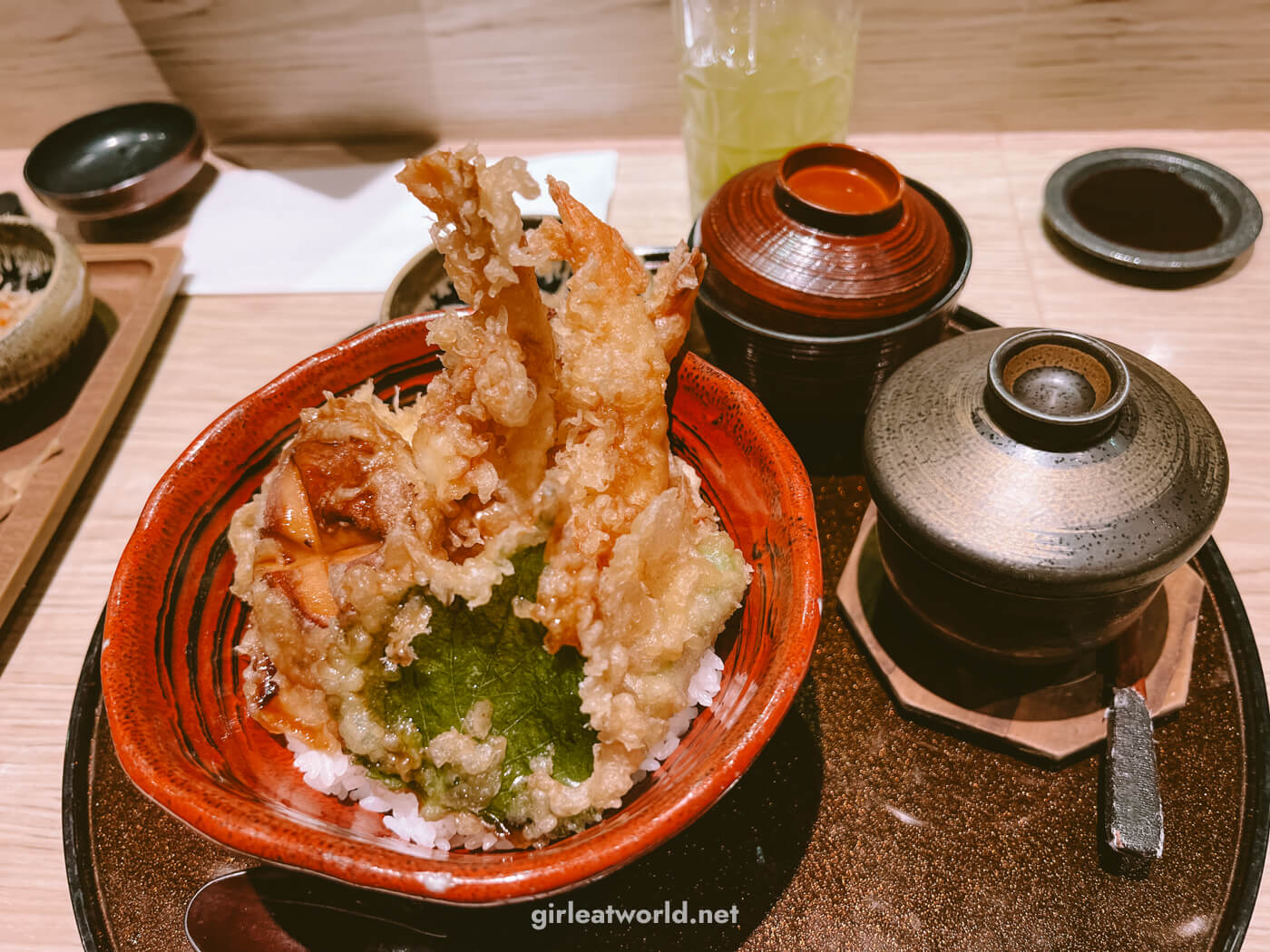
8. Onigiri (Rice Balls)
Onigiri is a quick meal that can be grabbed on the go. It is made from steamed rice with various fillings like roasted salmon, tuna mayo, chicken karaage, and umeboshi (sour plum). There are many different types, color, and shapes for onigiri, but the emoji shows the most common type of onigiri – which is triangle-shaped shio onigiri with a small piece of nori, usually made with just salt and white rice and no fillings.
🍙 Learn more about Japanese Food here
9. Bowl of Rice
It makes sense to feature a bowl of rice as an emoji, because Japanese people are SERIOUS about their rice. Japanese rice is typically short-grain white rice. It is more sticky than other varieties of rice you might find elsewhere in the world. Due to the milling process used in Japan, it results in a rounder and shorter grain of rice with a chewy texture. They also have a different taste than other types of white rice. Next time you eat white rice in Japan, take a moment to appreciate its taste and texture!
10. Senbei (Rice Crackers)
Senbei is a sweet and savory crispy rice cracker found in many places in Japan. Most notably, these rice crackers are usually sold at stalls in festivals or touristy areas. While the iOS emoji version has a piece of seaweed on it, there are many variations of senbei. You could find sweet or savory senbei.
For example here is Zarame senbei, a sweet type of Senbei covered with sugar crystals:
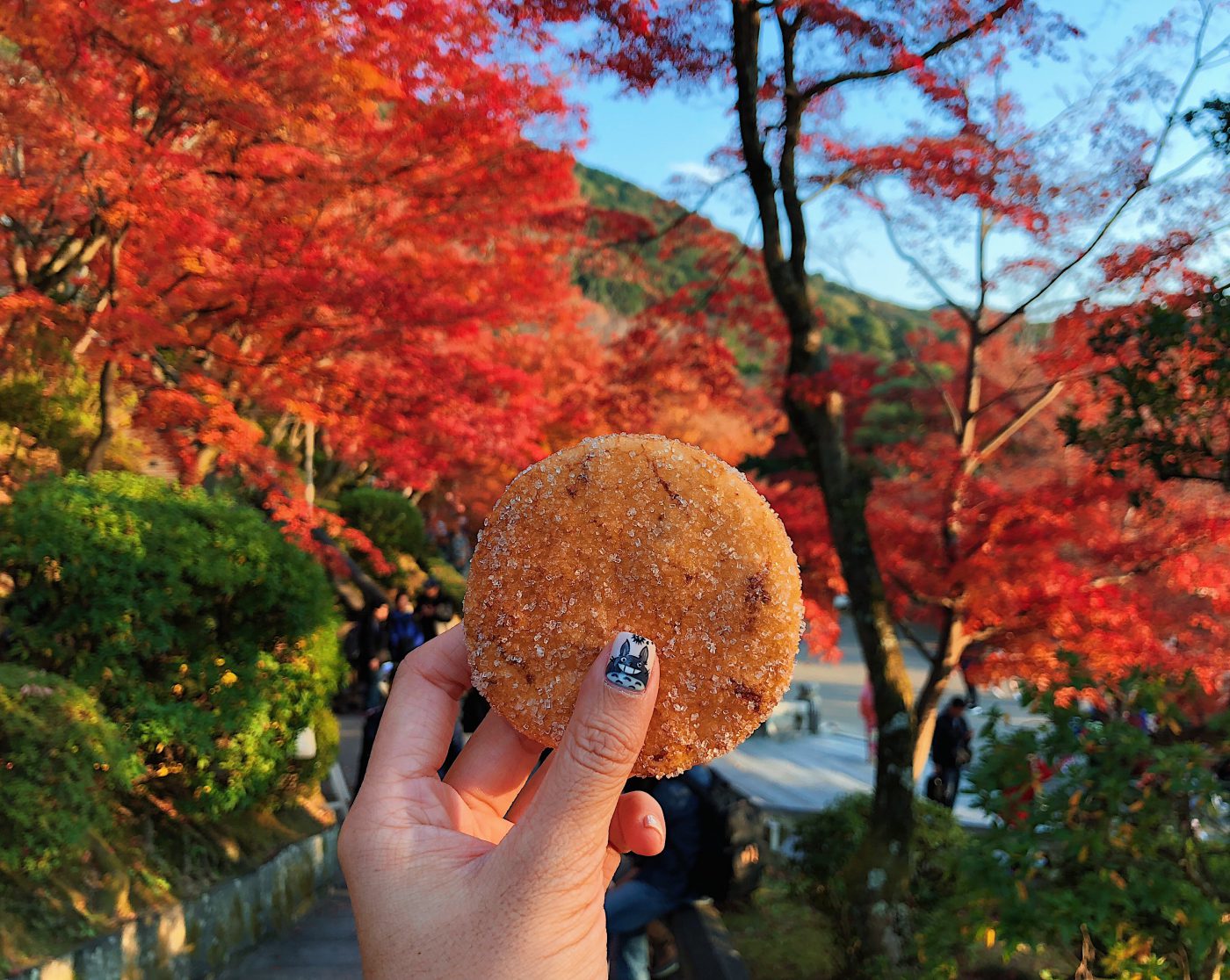
11. Narutomaki
Narutomaki is a type of Kamaboko, a chewy Japanese fishcake. Narutomaki is the version with a pink swirl pattern in the center. You’ll often find Narutomaki as a decorative topping for ramen. The name is likely inspired by the whirlpools in Naruto strait.
12. Oden
Oden is a type of Nabemono, which is a soup dish that is served while still being simmered, similar to hot pot. It often consists of different types and shapes of fishcakes, as well as radish, boiled eggs, and udon, simmered in a light soy and dashi-based broth. It’s the perfect food for cold winter nights.
🍢 Learn more about Japanese Food here
13. Hanami Dango
Dango is a traditional snack consisting of chewy balls made from rice flour. It is similar to Mochi but with a different texture and different ways of serving.
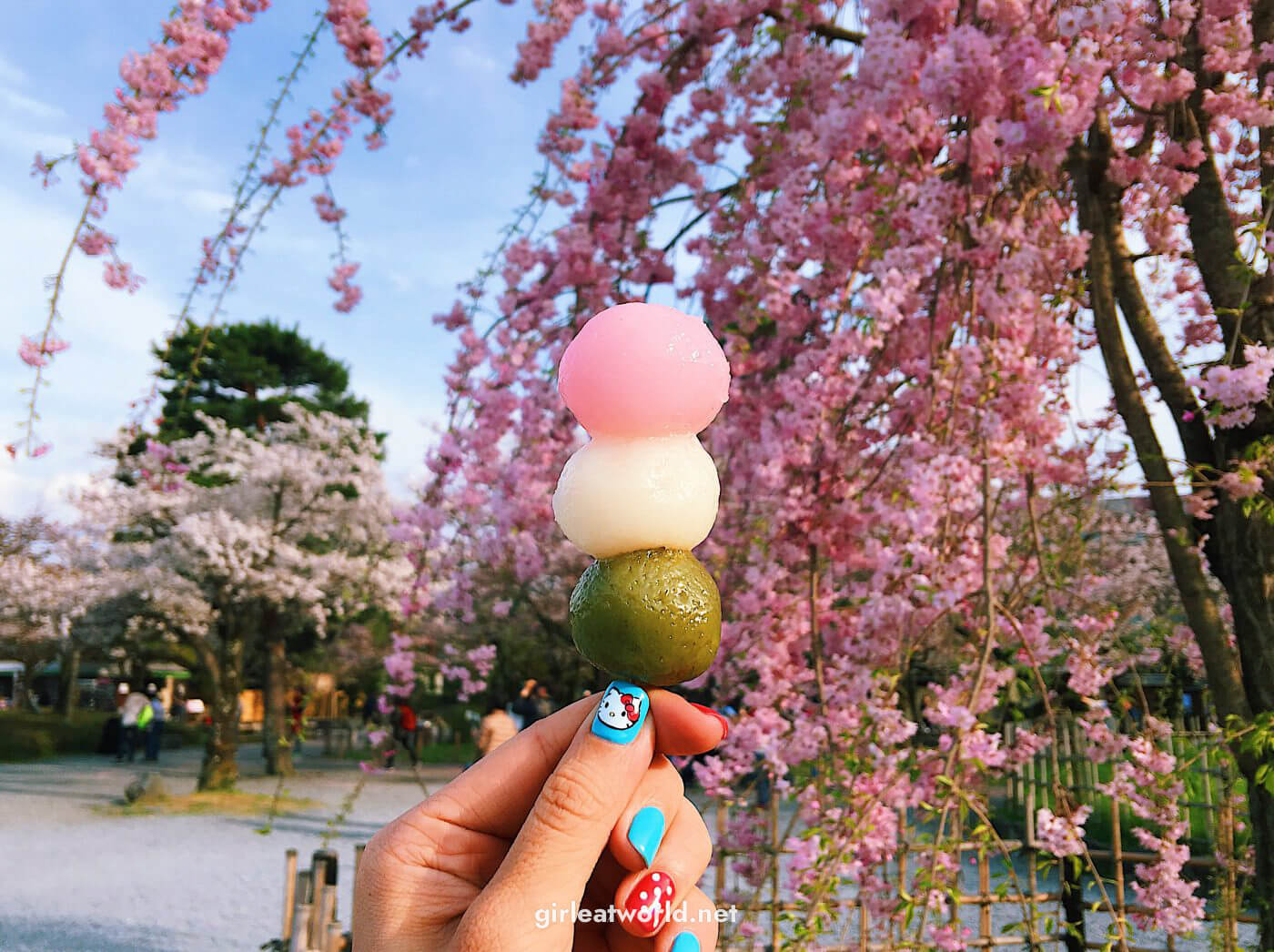
Hanami Dango is a dango variation with pink, white, and green and is traditionally eaten during Hanami or Sakura season. The pink color comes from either the Sakura flower itself or azuki (red beans) and the green is from green tea. It is said that the pink, white, and green symbolize the blooming Sakura, the white sky, and the green grass the trees grow on.
🍡 Learn more about Japanese Food here, or learn about Sakura season in Japan here
14. Kakigori (Shaved Ice)
Shaved ice is popular around the world, especially when the weather is warm in the summer. Japanese summers are known to be very hot and humid, so Kakigori (the Japanese version of shaved ice) becomes a staple during those months. Kakigori is usually shaved very thinly from pure ice, and then topped with strawberry syrup and condensed milk.
15. Purin
Purin is Japanese Custard Pudding, and just like curry rice, it is a type of Yoshoku – cuisine originating from the West that has been adopted into Japanese daily lives. It is very similar to flan, both in texture and taste, and can pretty much be found in grocery stores and convenience stores as a quick snack. You’ll also often see Purin as a dessert option when dining in restaurants across Japan.
16. Matcha Green Tea
Matcha is a drink made from finely-grounded green tea powder. It is one of the most commonly found drinks in Japan. The famous Japanese tea ceremony involves preparing matcha and serving it in a ritual. You can purchase ceremonial-grade matcha, which costs a lot more than regular matcha powder. It gives you a very intense thick taste when mixed with hot water.
17. Sake
Sake is an alcoholic drink made from fermented rice. It is Japan’s national beverage, usually served from a bigger flask (depicted on the right in the iOS emoji) and then poured into a small cup (depicted on the left in the iOS emoji).
Japanese Seasonal Festivities Emojis
Another set of original emojis is related to the seasonal festivals in Japan. I’ll explain below what each of them means:
1. Oni
Oni is a kind of demon that often makes an appearance in Japanese folklore. They are usually depicted with red skin, horns, big round eyes, and sharp fangs.
2. Tengu
Tengu is a legendary creature in Shinto beliefs, which are popular in Japan. It is thought to be half-monkey and half-bird. Tengu is usually depicted with a red face and a characteristically long nose.
3. Hina Dolls
Hinamatsuri (Girl’s Day) is one of the most popular Shinto festivals and is widely celebrated in Japanese culture. It is a public holiday that is held every year on the 3rd of March to celebrate female children’s health and happiness. A month before this holiday, display platforms with Hina dolls would be displayed on a red 7-tiered platform. However, the dolls must be taken down by 4 March.
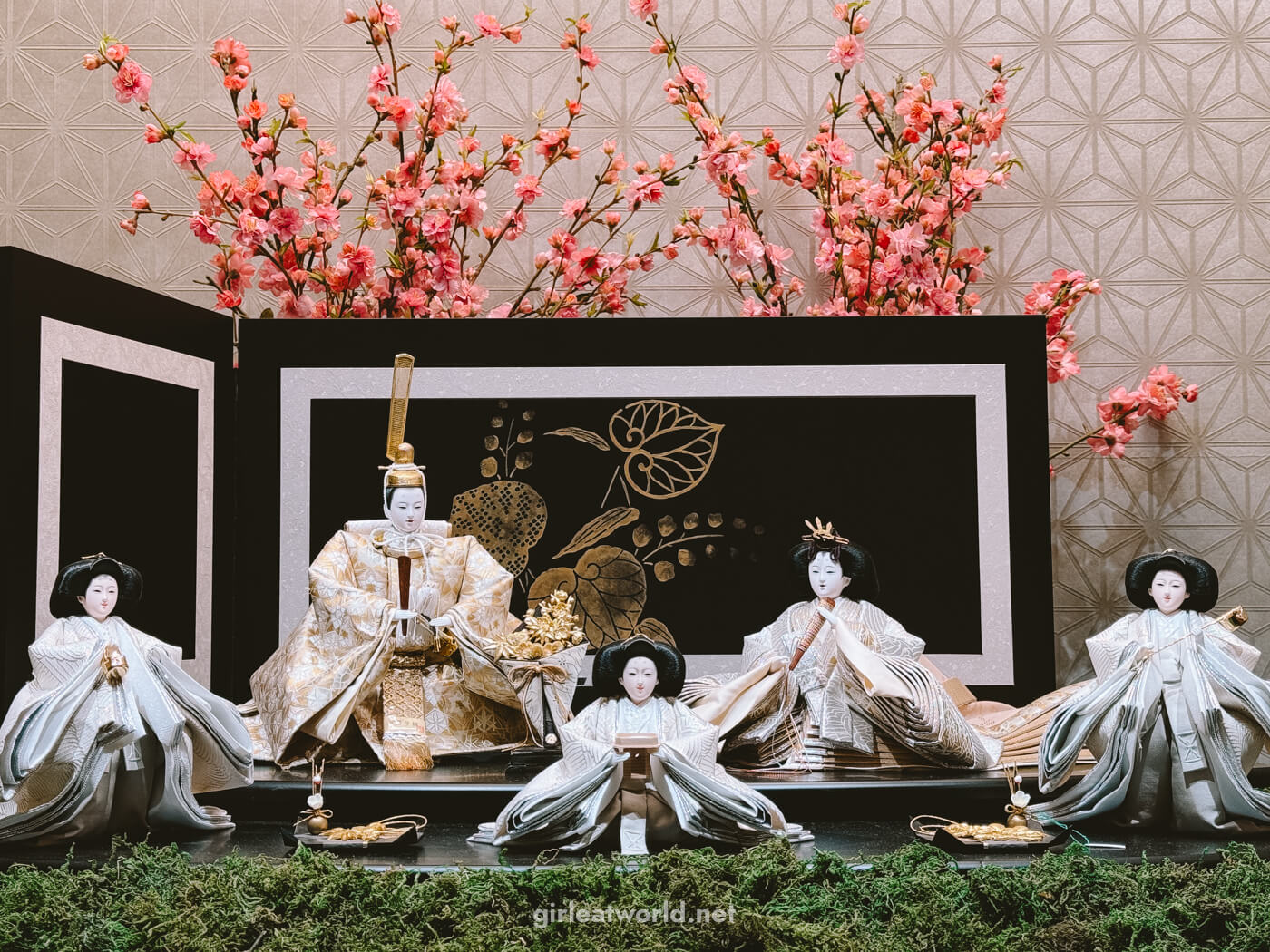
4. Sakura (Cherry Blossom)
Sakura flowers, or Cherry Blossoms, are Japan’s national flower. Throughout Japan, there are many Sakura trees, which will simultaneously bloom together for about two weeks in Spring, making it a very magical time to be in Japan. The entire country will be covered in a pink blanket of the delicate Sakura flower.
For centuries, the Japanese have celebrated the blooming of Sakura as a happy mark to the start of spring and to welcome warmer weather. At the peak of Sakura bloom, locals would flock to the nearest park and have a picnic party with friends and family while enjoying the sight of Sakura.
🌸 Learn more about Sakura season in Japan here
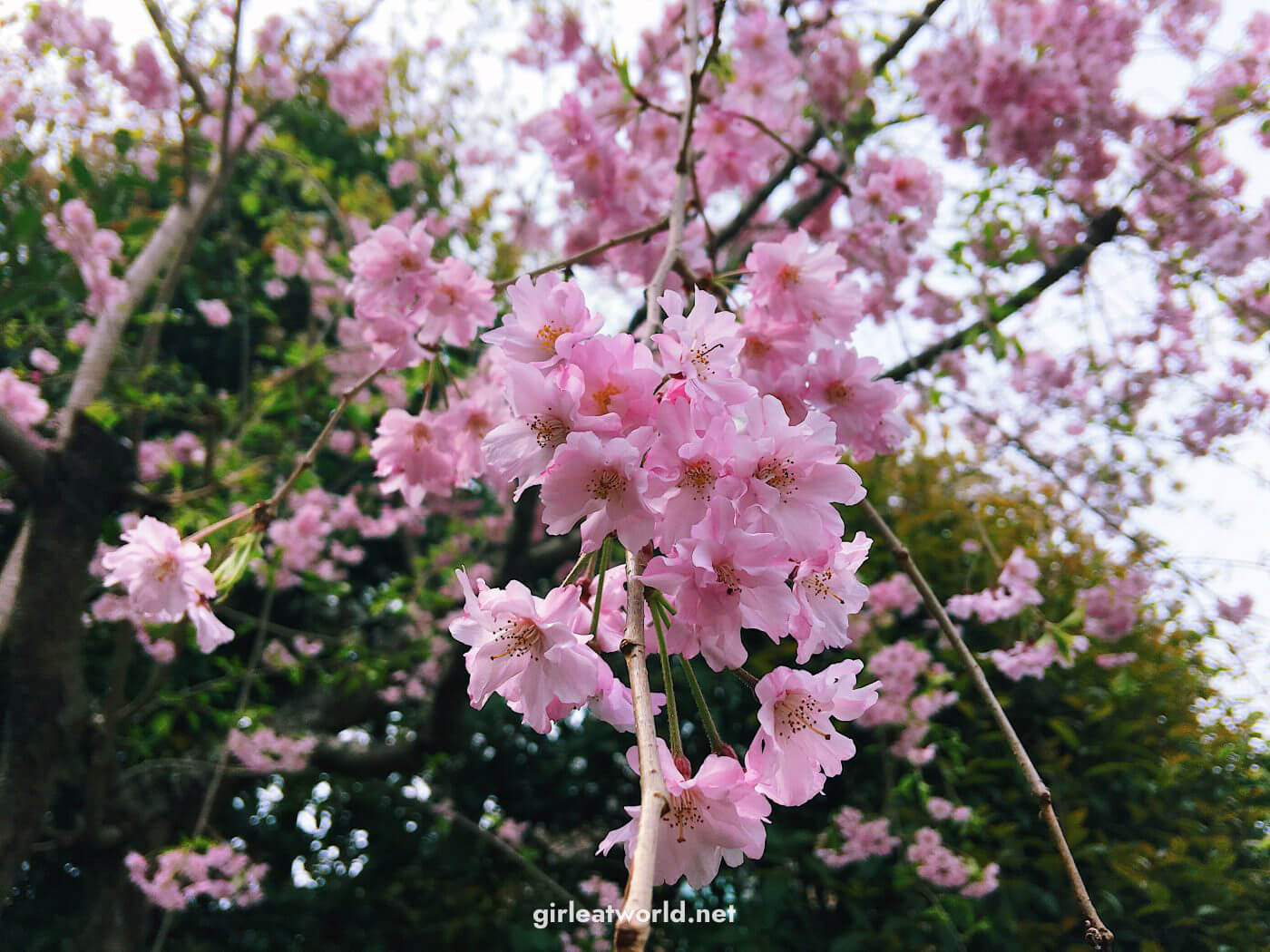
5. Tsukimi (Moon Viewing Festival)
Similar to the Mid-Autumn Festival celebrated in other Asian countries, Tsukimi is a traditional festival in Japan that involves offering Tsukimi dango, the white rice dumpling, and Susuki (pampas grass) – as depicted on the emoji – while looking at and admiring the full moon.
6. Children’s Day Koinobori
Koinobori, the carp-streamer depicted on the emoji, is a wind decoration that is used to celebrate Tango no Sekku, aka Children’s Day, which is a national holiday in Japan. It takes place on the 5th of May and is the last day of Golden Week, one of the biggest holiday weeks in Japan.
7. Tanabata Festival
Tanabata is a summer festival in Japan, which involves writing one’s wishes on a colorful piece of paper and hanging the paper on a bamboo plant. Tanabata is also known as the Star Festival, and you are supposed to wish upon the star to make your wish come true.
8. New Year’s Kadomatsu
Kadomatsu is a Japanese New Year traditional decoration made of three bamboo that have been cut on a slant. It is usually placed in front of homes and buildings at the end of the year.
Japanese Iconic Landmarks Emojis
Many emojis you see in the original set also depict iconic landmarks and natural landscapes that can often be found in Japan. Here are some of them:
1. Tokyo Tower
Tokyo Tower is one of the most recognizable landmarks of Tokyo, and it’s not a surprise that it made an appearance as an emoji as well. When emoji first gained popularity, people mistook this red tower emoji for the Eiffel Tower, but that is not the case – This tower is definitely none other than Tokyo Tower, shown by its unique red and white color.
🗼 Tokyo Travel Guide: Read my guide about visiting Tokyo here
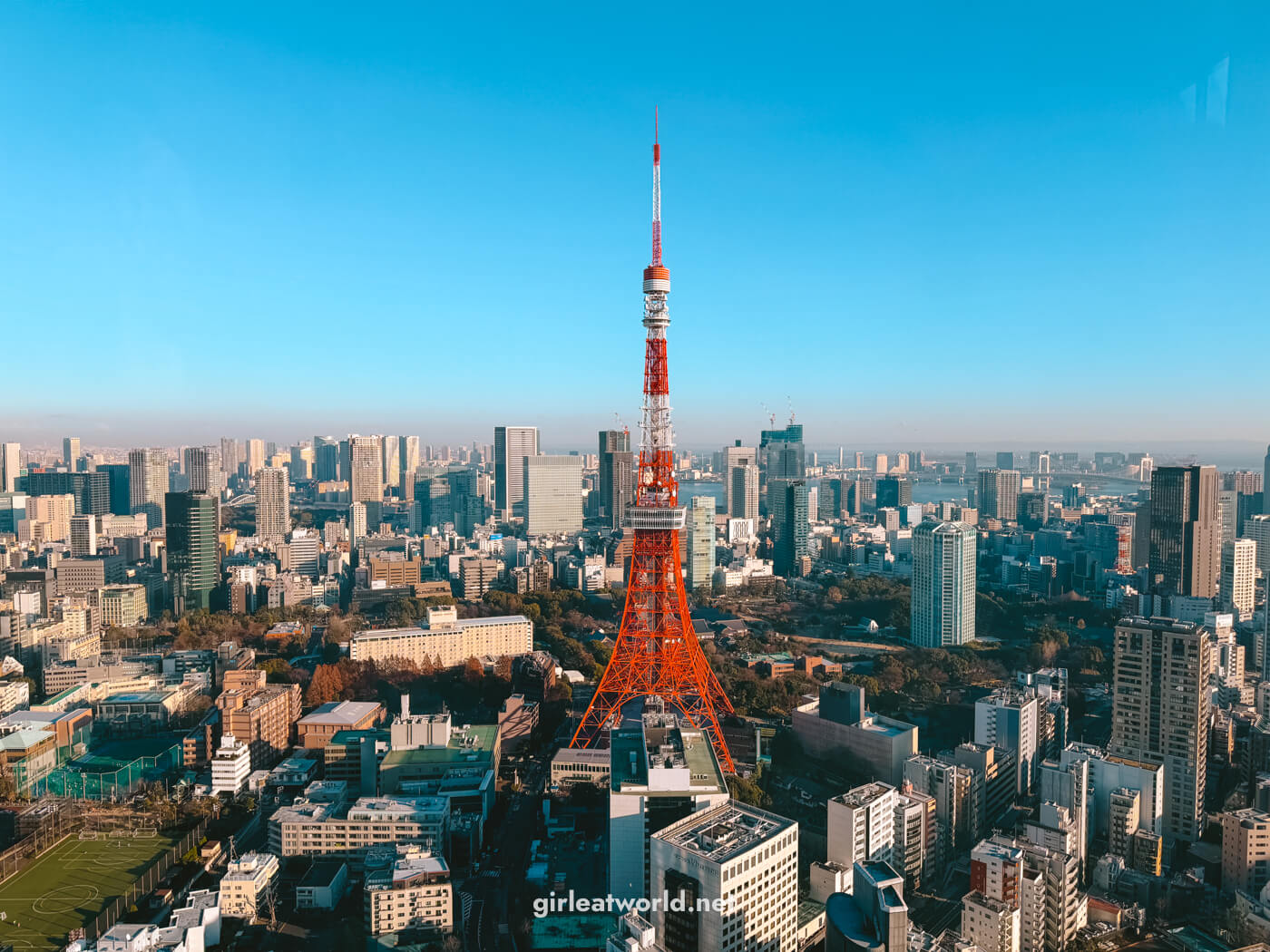
2. Mount Fuji
Mount Fuji is Japan’s most popular and highest mountain. It can be easily recognized from its characteristic shape and snow-capped top. This one is a no-brainer to be added as an emoji, as Mount Fuji is also a popular tourism destination for both domestic and international tourists.
🗻 Read about visiting Mount Fuji here

3. Japanese Castle
This emoji depicts a typical Japanese castle – a multi-tiered fortress made of wood, usually built on a hill or a higher ground for defense. While most castles have dark roofs and white walls as depicted in the emoji, some castles have unique appearances – such as the Himeji castle which is mostly white, or Matsumoto and Kumamoto castle which has mostly black exteriors.
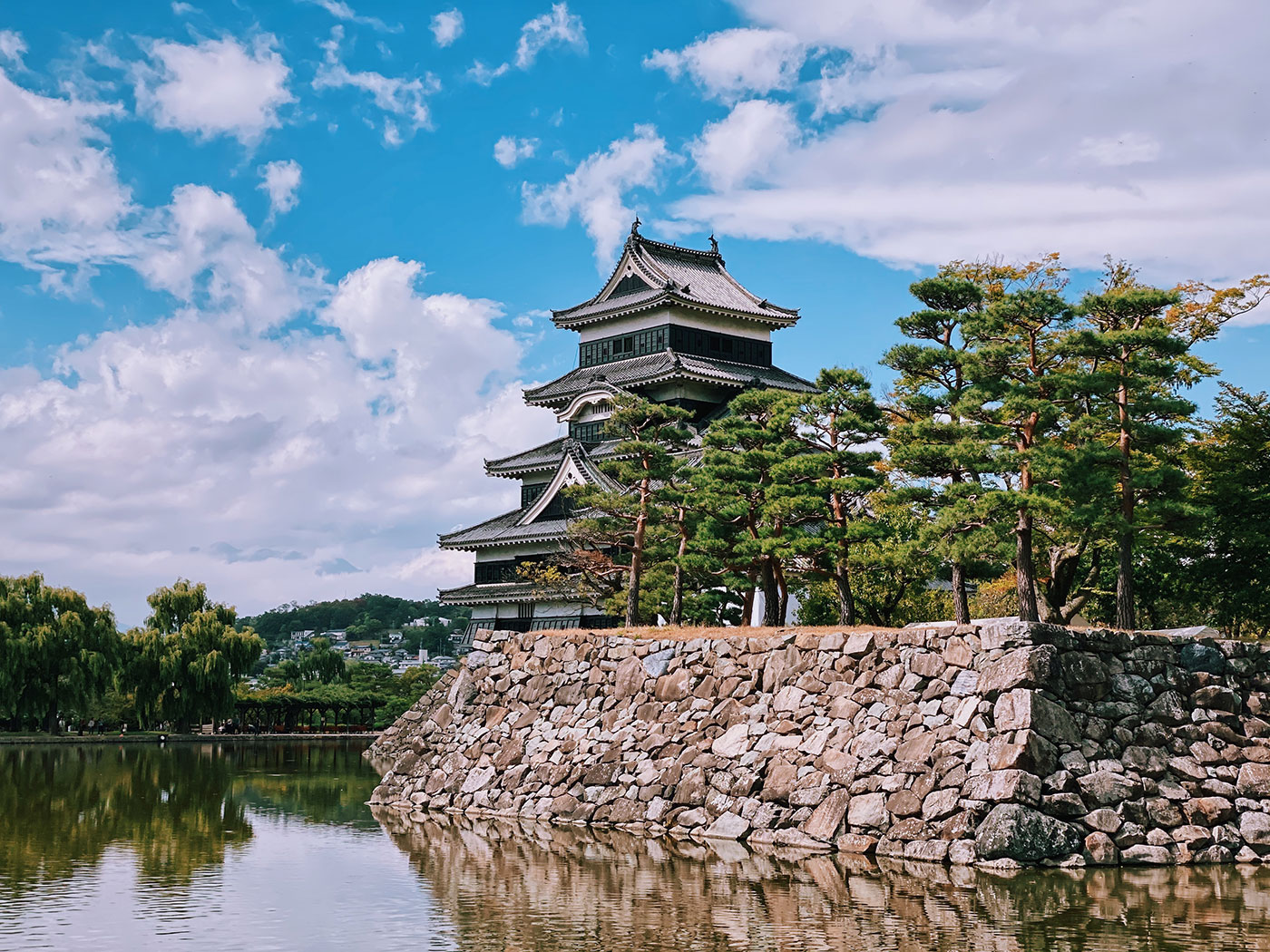
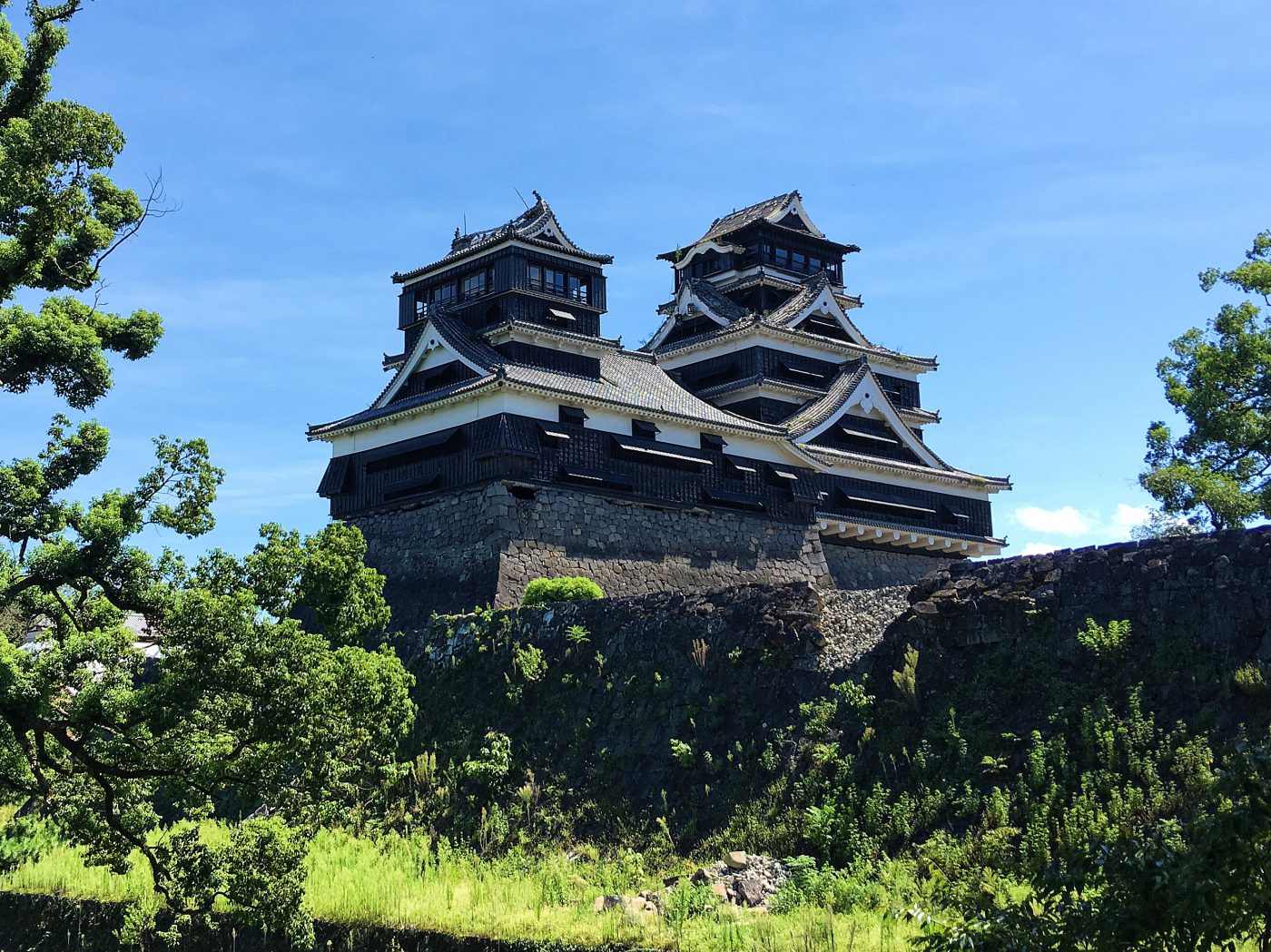
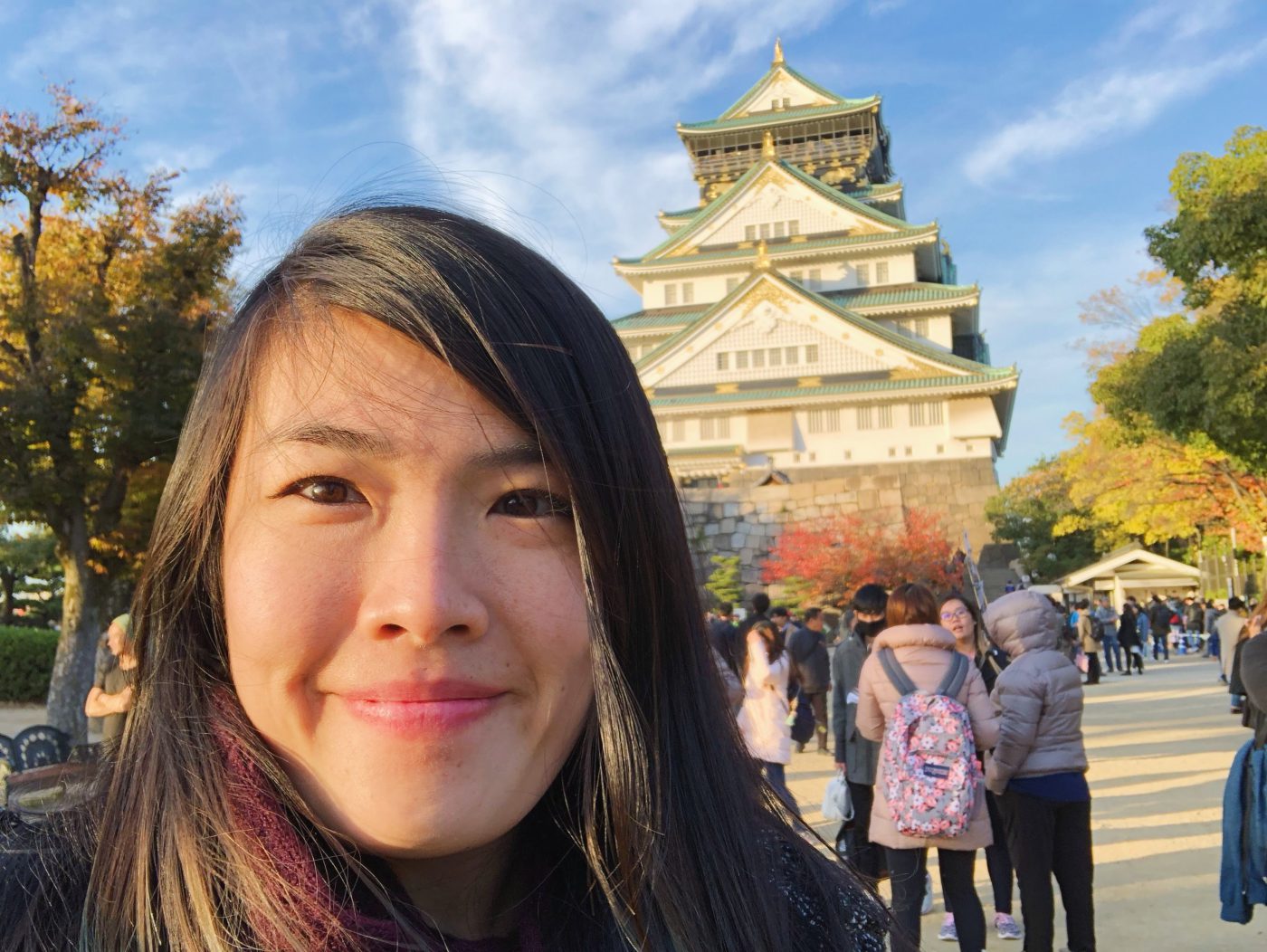
4. Shinkansen (Japanese Bullet Train)
A visit to Japan is not complete until you’ve gone on a trip on a bullet train. Officially called Shinkansen, which means “New Main Line” in Japanese, the bullet trains were originally introduced to connect Tokyo to other cities in Japan. The older models were characterized by the narrow-shaped front, which earned the nickname “bullet train” due to the similarity of the shape to that of a bullet.
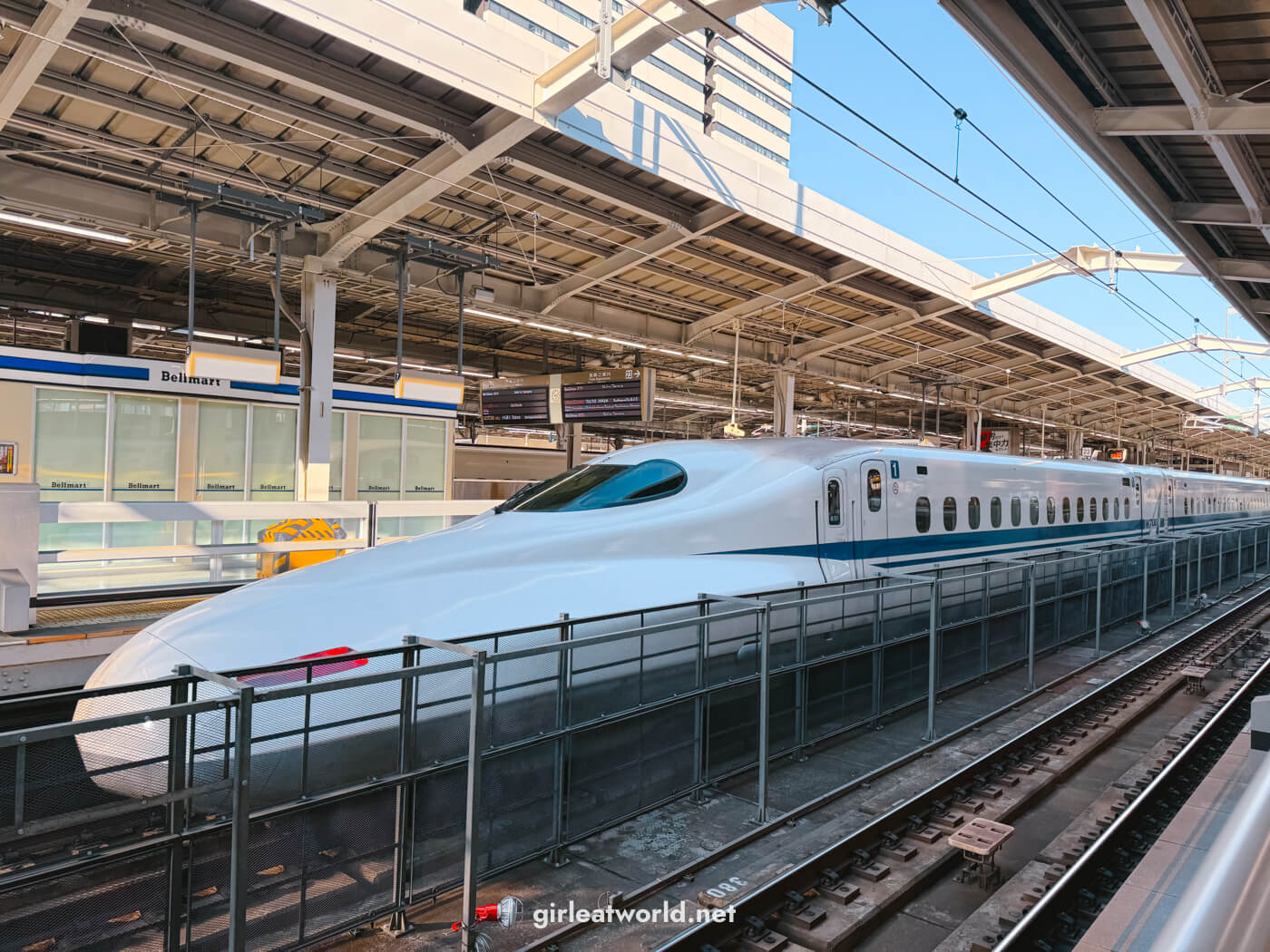
These bullet trains can go very fast, hitting maximum speeds of 240–320 km per hour, which makes them ideal for going from one big city to another.
5. Torii Gate
Torii gates, characterized by their unique shape and vermillion red color, are one of the most recognizable symbols of Japan. These gates can be found at the entrance or inside Shinto shrines.
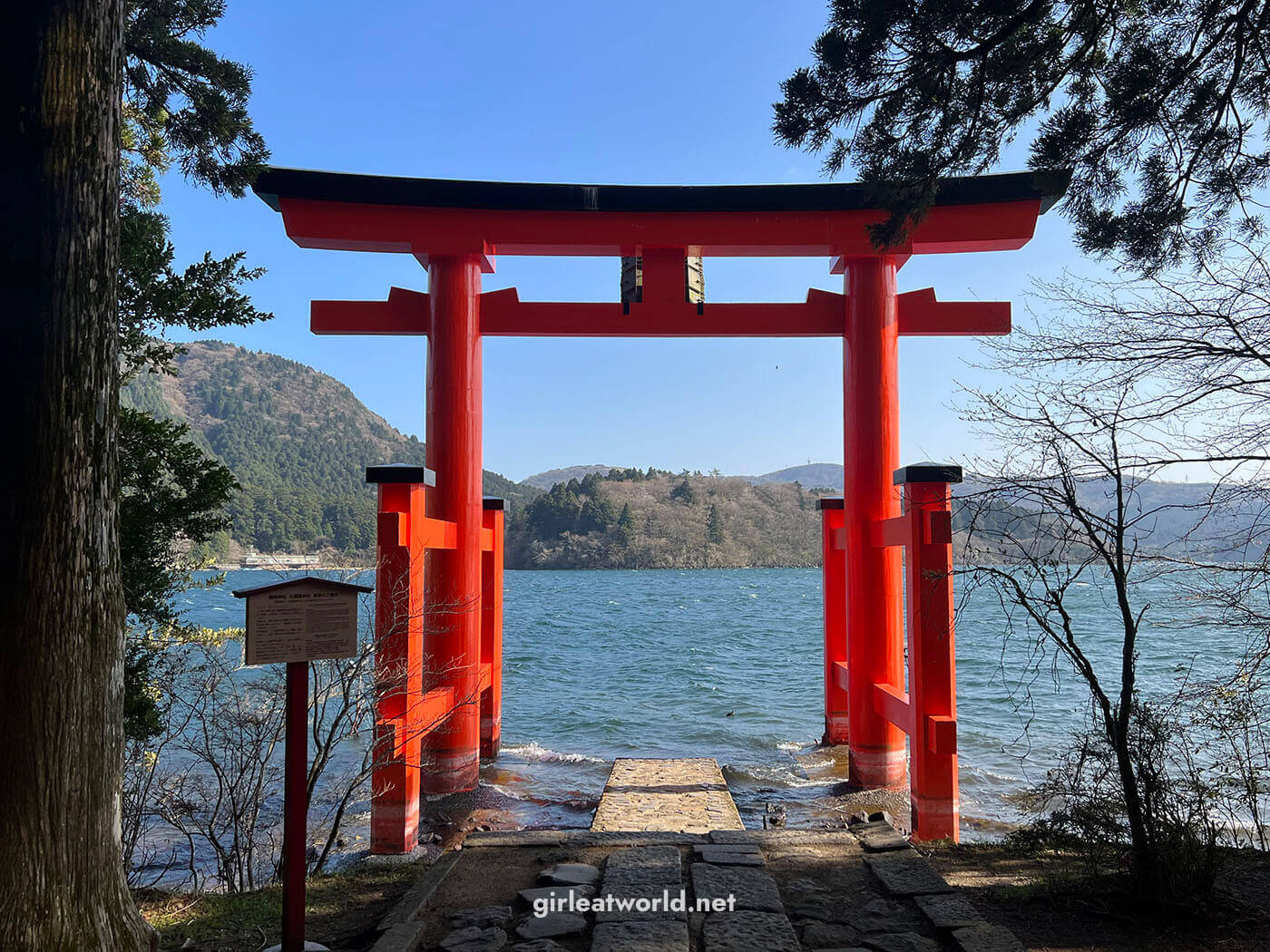
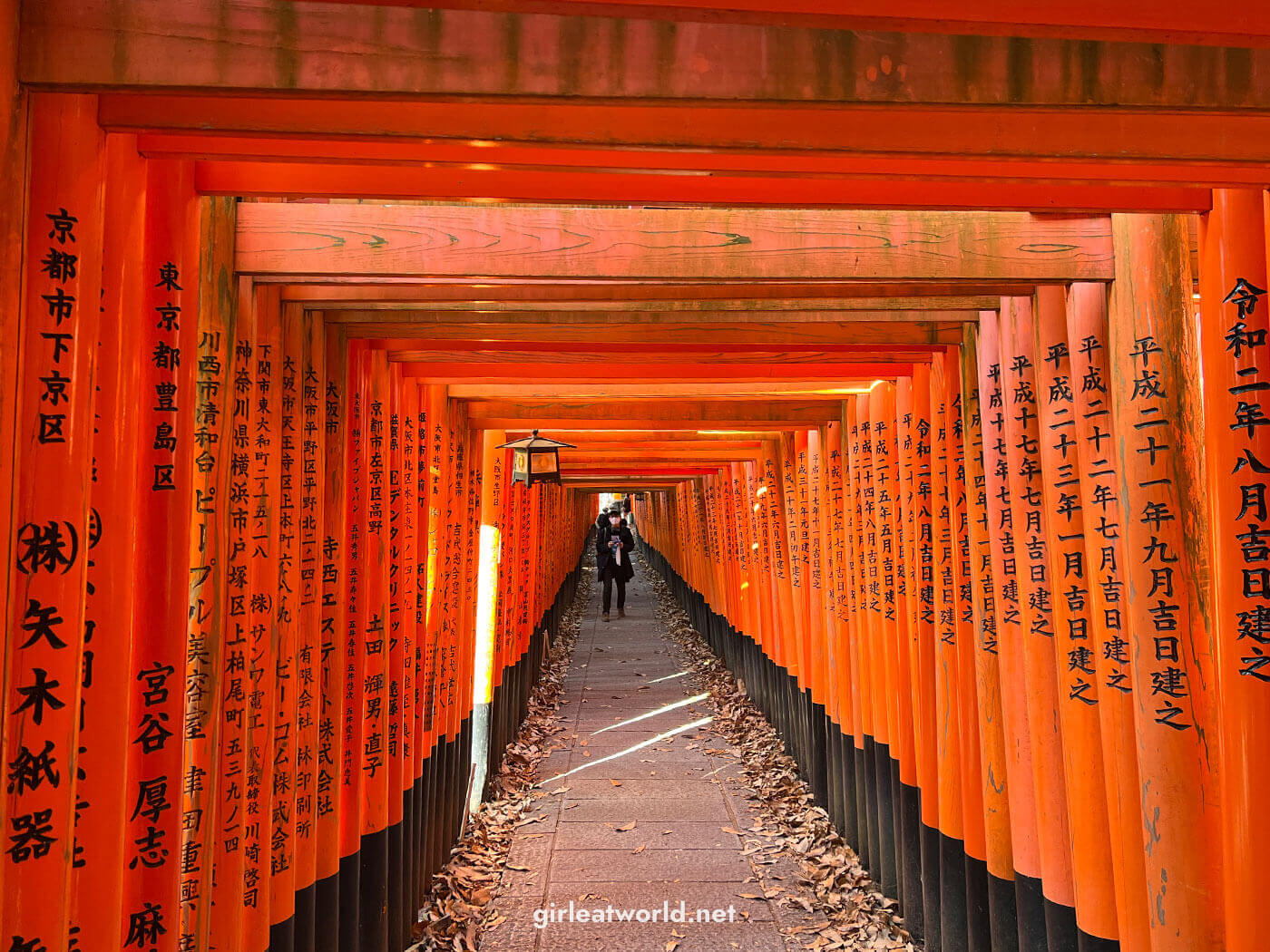
Although it is usually red in color, there are some torii gates that are different colors – such as the white torii at Hakuryu Shrine in Hakone, or the large torii gate in Meiji Jingu in Tokyo that is left unpainted.
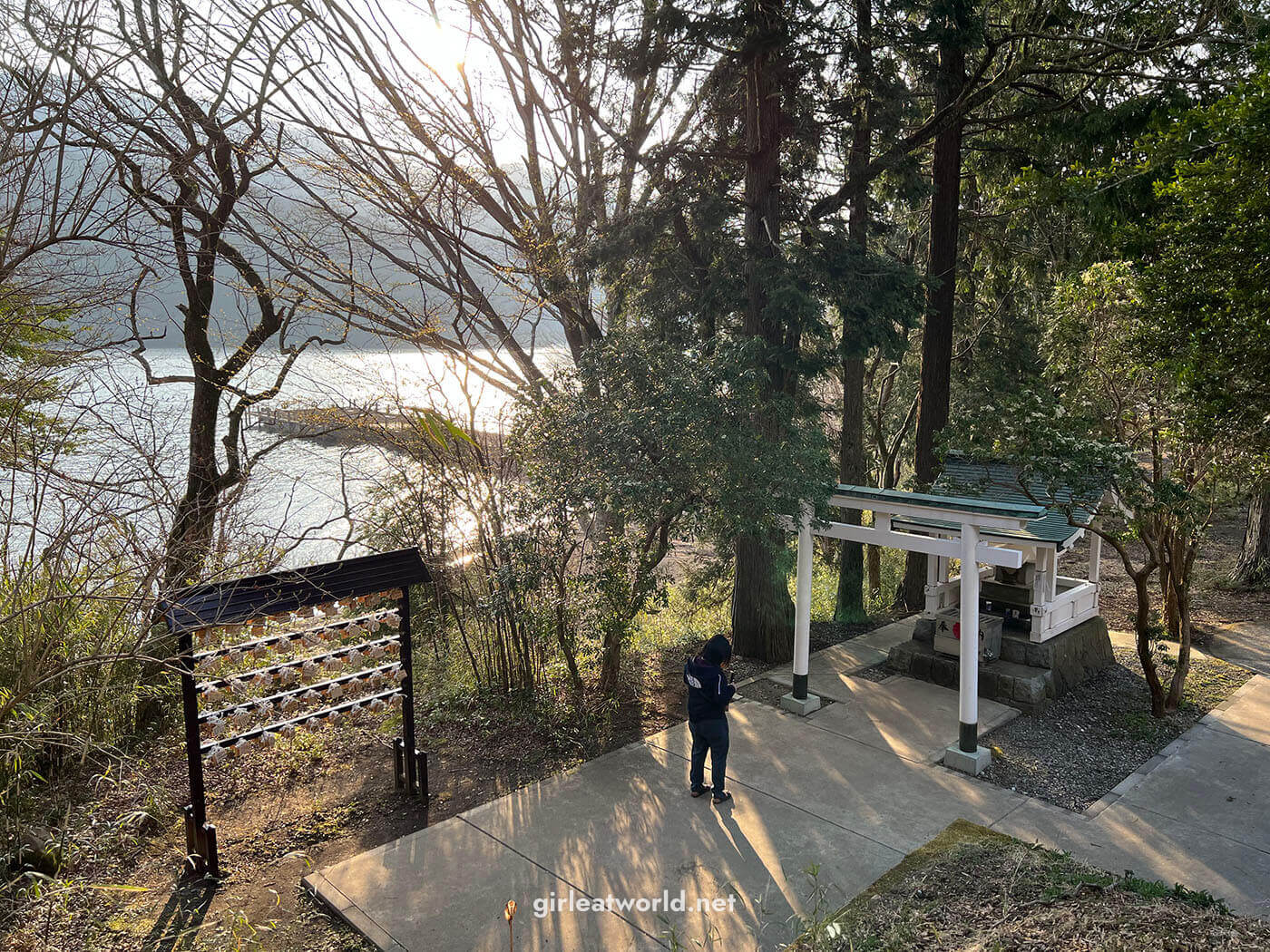
6. Map of Japan
One of the most telling features that emojis were invented for Japanese users is the presence of the map of Japan as an emoji. No other countries have a dedicated emoji like this.
7. Hakone Funicular
This one is a bit of a stretch, but when I first saw this railway track emoji, it immediately reminded me of a sight I saw at the funicular at Hakone! See my photo below and be the judge – do you think it was inspired by the funicular track in Hakone?
Read my guide about Visiting Hakone

Japanese Cultural Symbols in Emoji
Aside from food and landmarks, there are plenty of emojis that signify cultural symbols in Japan. Here are some of them:
1. Ninja
Ninja is one of the newer emojis, added in 2023. In Japanese culture, Ninja describes the sneaky and stealthy mercenary from the Samurai age. Ninjas are clad from head to toe in black as a camouflage, as they only operate at night. They carry a sword on their back as weapons and sometimes carry throwing stars.
2. Kimono
Kimono is a traditional Japanese clothing. The one depicted in the emoji is worn by women. Usually, women require assistance to properly wear a kimono as they are not easy to put on. Even to this day, Kimono is still worn as formal wear on special occasions.
3. Crossed Japanese Flag
All countries have their of flag as emoji, but only Japan has more than one variation of their flag. The crossed flags are used to celebrate Japanese culture, such as when you’re supporting Japan in a sporting competition.
4. Red Lanterns
Red lanterns are one of the most common decorations in Japan. They are often found outside temples or restaurants in Japan, especially a traditional izakaya.

5. Flower Playing Cards (Hanafuda)
The card depicted in this emoji comes from Hanafuda, a traditional Japanese playing card game where the objective is to match two cards of the same suit. The specific card is the Full moon card, which is part of the Susuki grass suit.
6. Three Wise Monkeys
The three monkey emojis are based on the famous wood carving featured in the Toshogu Shrine in Nikko. It is based on the Japanese proverb “mizaru, kikazaru, iwazaru” which means “see no evil, hear no evil, say no evil”. Coincidentally, “Zaru” means monkey, and the play on words is thought that’s how the wood carving came to be.
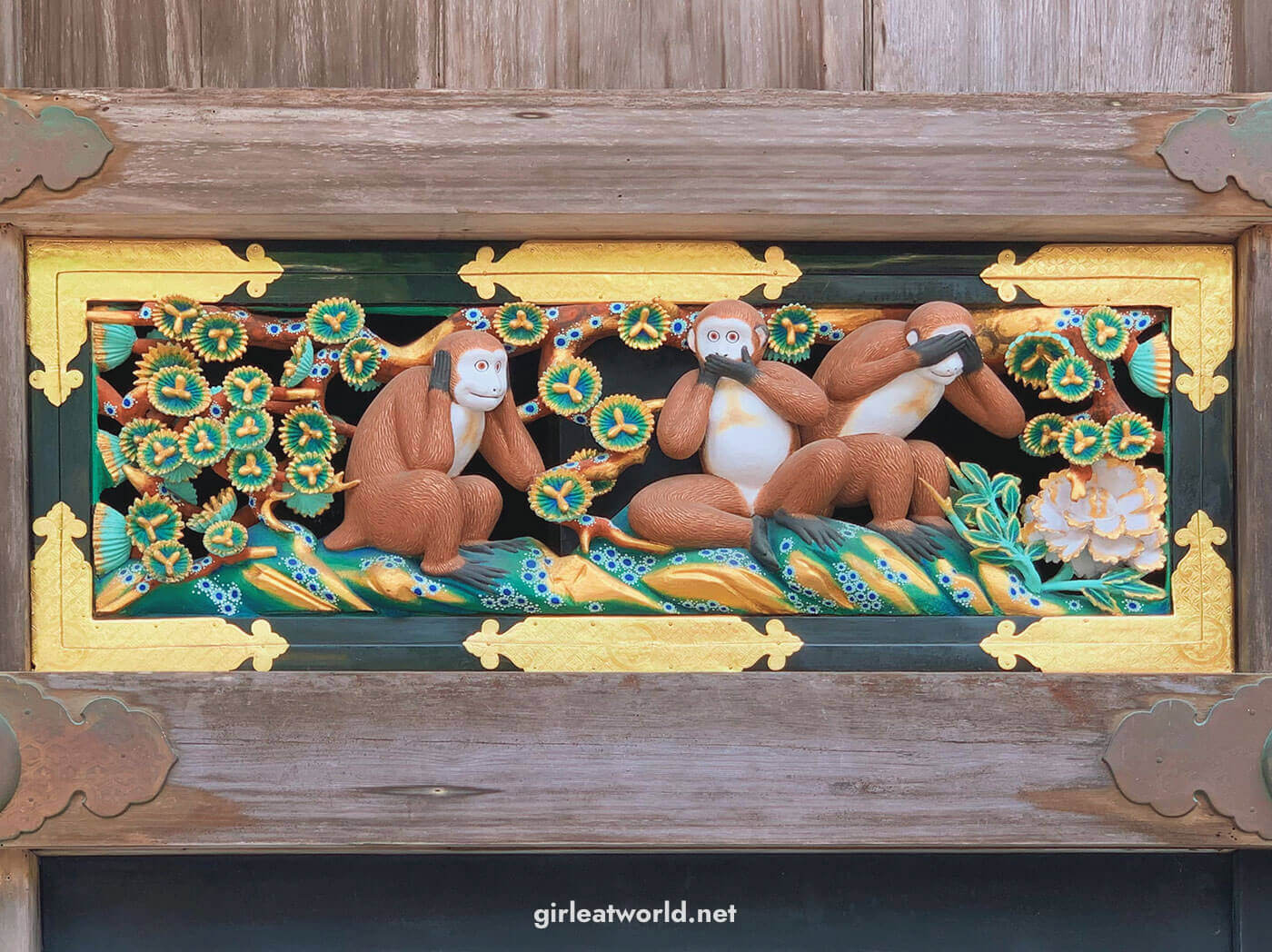
7. Hokusai’s The Great Wave off Kanagawa
To the uninitiated, this ocean wave icon might seem like such a random addition to the emoji set. However, every Japanese would know that this ocean wave specifically is the iconic work of Hokusai, the most famous Japanese ukiyo-e (woodblock print) artist of the Edo period. This woodblock print artwork is called “The Great Wave off Kanagawa”. It was created in 1831 and to this day it remains Hokusai’s most recognizable work.
8. Space Invaders Alien
The pixelated creature in this emoji is none other than the alien in Space Invaders, an iconic game by Taito, a Japanese game developer.
Japanese Expressions in Emojis
While the whole point of emoji is to convey emotions, there are a few expressions that are unique to Japanese culture:
1. Popping Veins
If you watch Japanese cartoons (Anime) or read Japanese comic books (Manga), you’d be familiar with this emoji. The red symbol is used to communicate anger or frustration by way of popping veins on the forehead of the character in topic. Similarly, the emoji can be used in texting to communicate your anger and frustrations.
2. Bowing
Bowing is a very common gesture in East Asian countries, but especially in Japan. It is used as a form of greeting, gratitude, a sign of respect, or to convey an apology. When used in texts as an emoji, it is usually used as a way to say sorry or gratitude when asking for a favor.
3. Sweat Drop
The sweatdrop emoji is another expression that is derived from Anime and Manga. Usually, it is used when a character is reacting to something embarrassing, unexpected, or awkward situations.
4. Kawaii (Cute)
In Japanese chat, this diamond emoji is used to praise someone for being “kawaii” or cute and adorable.
Emojis Related to Daily Life in Japan
And still, there are even more emojis of items and places that the Japanese encounter in their daily lives:
1. Hashi (Chopsticks)
Chopsticks are often used in East Asian countries as utensils, but the version with red and black colors is more commonly found in Japan.
2. Onsen
This red emoji is often used in Japan as a symbol of Onsen. Onsen is a Japanese hot spring. Soaking in hot springs is one of the most deeply-rooted traditions and a popular way to pass time and relax in Japan.
Want to learn more about Onsen? Read the rules and etiquette of Onsen and what to do when you are there.
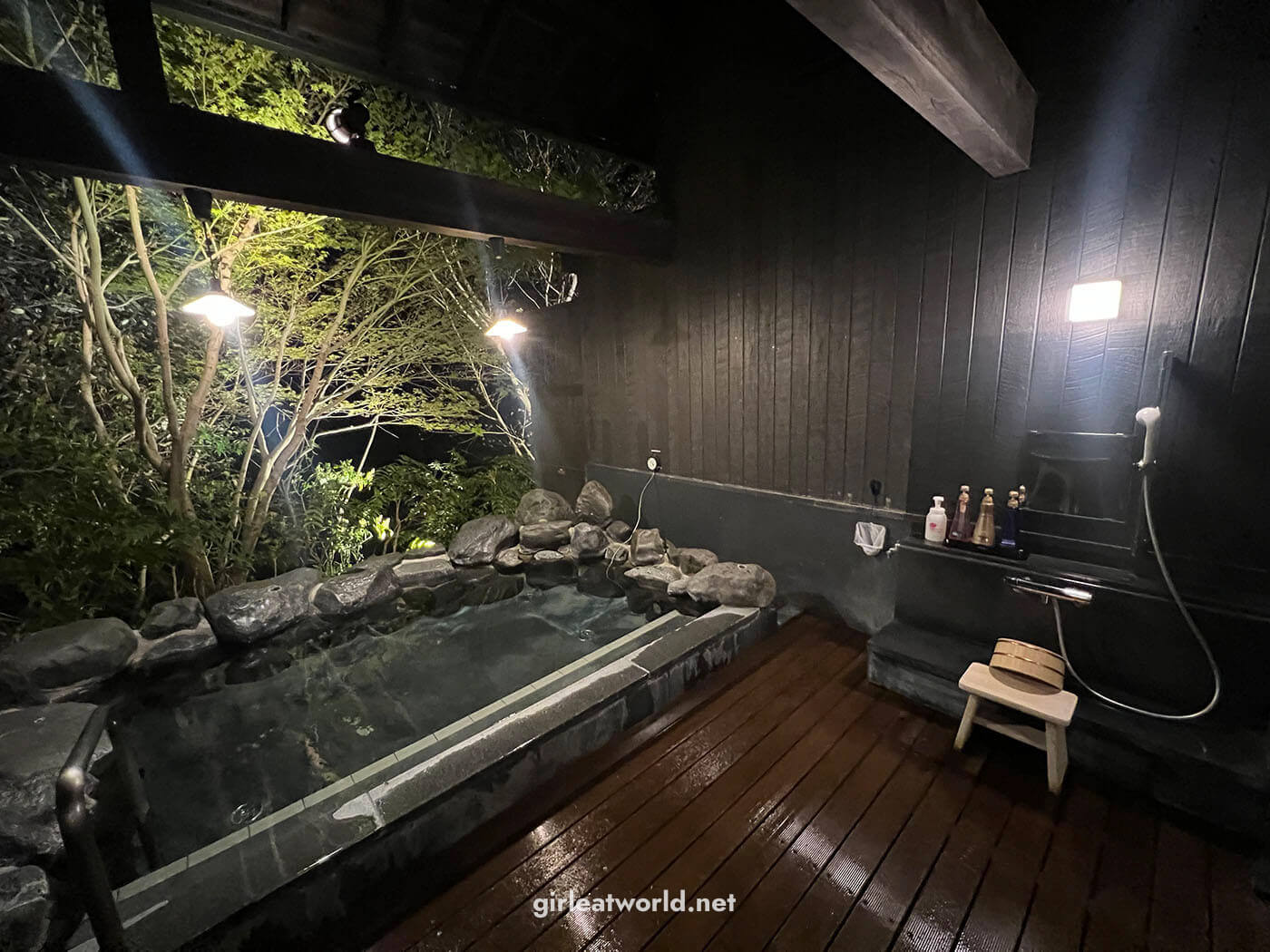
3. Love Hotel
You might think this emoji is a Barbie-themed hotel, but it’s actually an emoji for Love Hotel. Love Hotel is a small hotel that can be commonly found in big cities in Japan. Instead of booking the hotel per day, you hire it for a few hours, which allows couples some privacy together. As such, the whole hotel is rooted in privacy and everything is automated. From checking in to payment, you will not see a single soul. There is even a discreet entrance. In Tokyo, you’ll see plenty of these love hotels in Shibuya.
4. Wakaba Mark (New Driver Sticker)
Wakaba Mark is a green and yellow sticker that is pasted on the back of the car driven by a new driver. This sticker must be displayed for a year after obtaining a driver’s license.
5. Post Office
This is easily lost on non-Japanese as the building looks like any other building, but it is actually a post office in Japan. The symbol 〒 is the service mark of Japan Post, and is commonly associated with post office.
6. Kindergarten Name Badge
This emoji – which apparently was mistaken as tofu on fire – is actually a name badge commonly worn by kindergarten students in Japan. The shape of the badge is actually supposed to be the shape of a tulip flower. The badge comes in many other colors than red, such as yellow, white, purple, pink, and orange. The name of the student would be written on the white part of the badge.
7. Furin Wind Chime
This wind chime is made from Venetian glass and is commonly heard ringing over the summer. The tradition of having a wind chime dates back to over 1200 years ago. Back then, they were more commonly made with bronze, but glass gained popularity in the 19th century.
8. Reward Stamp
This symbol is a stamp used by teacher when grading homework or test. If a student does well, they will receive this stamp on their paper. In the iOS version of this emoji, there is a writing on the stamp that says 大変よくできました (“Taihen yoku dekimashita”) which means “very well done”. Unfortunately, the writing did not make it to some operating systems.
And that’s all the Japan-related emojis I can find! Did I miss any of them? Feel free to comment down below and let me know.
Until next time 😌
